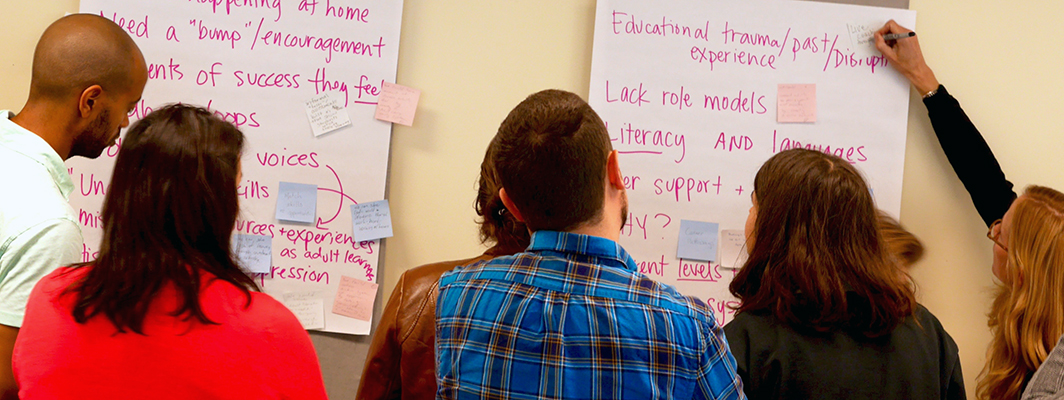
March 16, 2016 | By Patti Constantakis
For instance, we see a game from Learning Games Studio that uses simulations of real life social interactions to help adults learn English; we see EdReady, a product that incorporates pre-tests and other regular assessments to help adult students with a personalized learning path to learning math; we see myPlaceOnline, a program that gives students digital tools and strategies to plan and create education and career pathways and goals; and we see an ESL program, Cell-Ed, delivered in bite-sized chunks via phone calls and text messages to workers who can’t make it to in-person classes.
All of these represent innovative ways to use technology to provide low-skilled adult learners with quality learning opportunities, but are they grounded in learning sciences research on how adult learn?
It turns out, yes.
In the first in our four-part series “Designing Technology for Adult Learners,” we look at the five prevailing adult learning theories and outline five principles that should drive the design and development of any product targeted at low-skilled adult learners. The short research brief gives a quick overview of those theories and offers several examples that illustrate the many ways theory can be applied in the design of specific products.
We hope this paper and the overall series will provide valuable insights to new developers and others who are interested in designing and developing digital solutions for these learners.
Update: The second in our series, “Designing Technology for Adult Learners: Support and Scaffolding,” is now available!
By Rastee Chaudhry and Barbara Pape
By Tamara Tate and Pati Ruiz